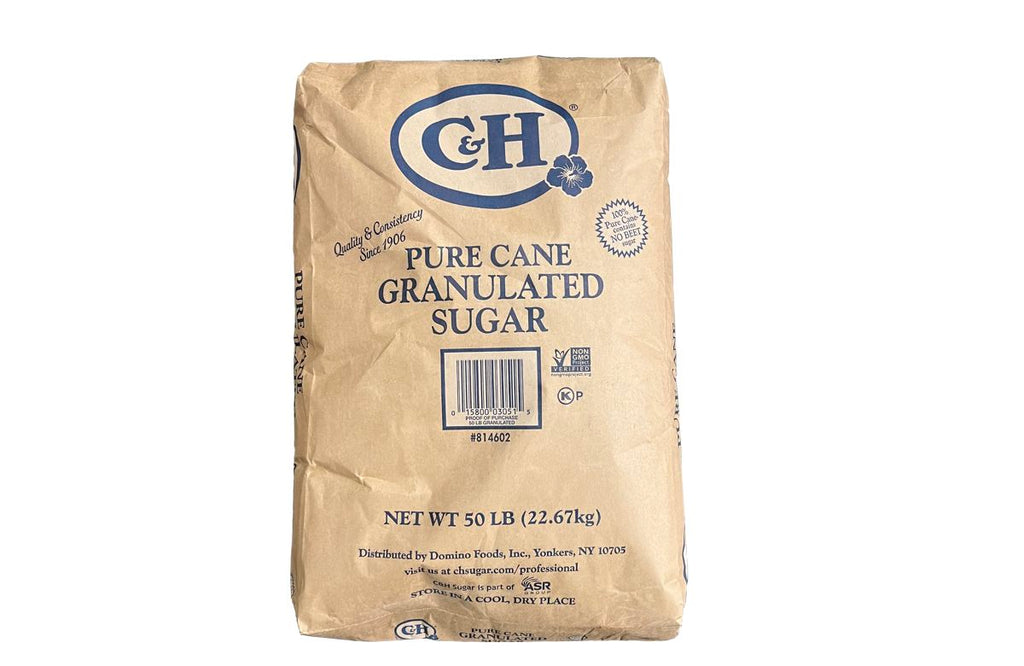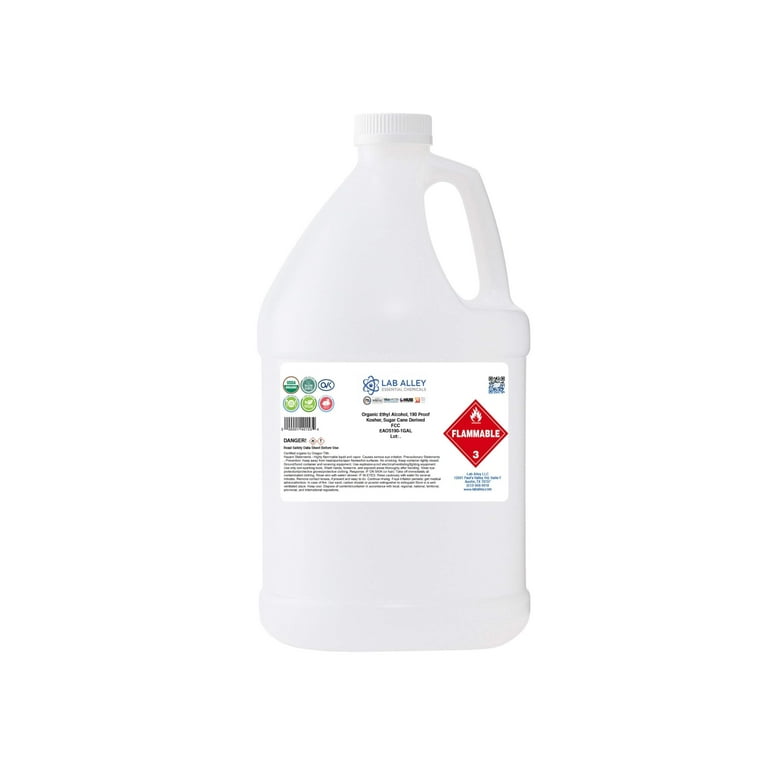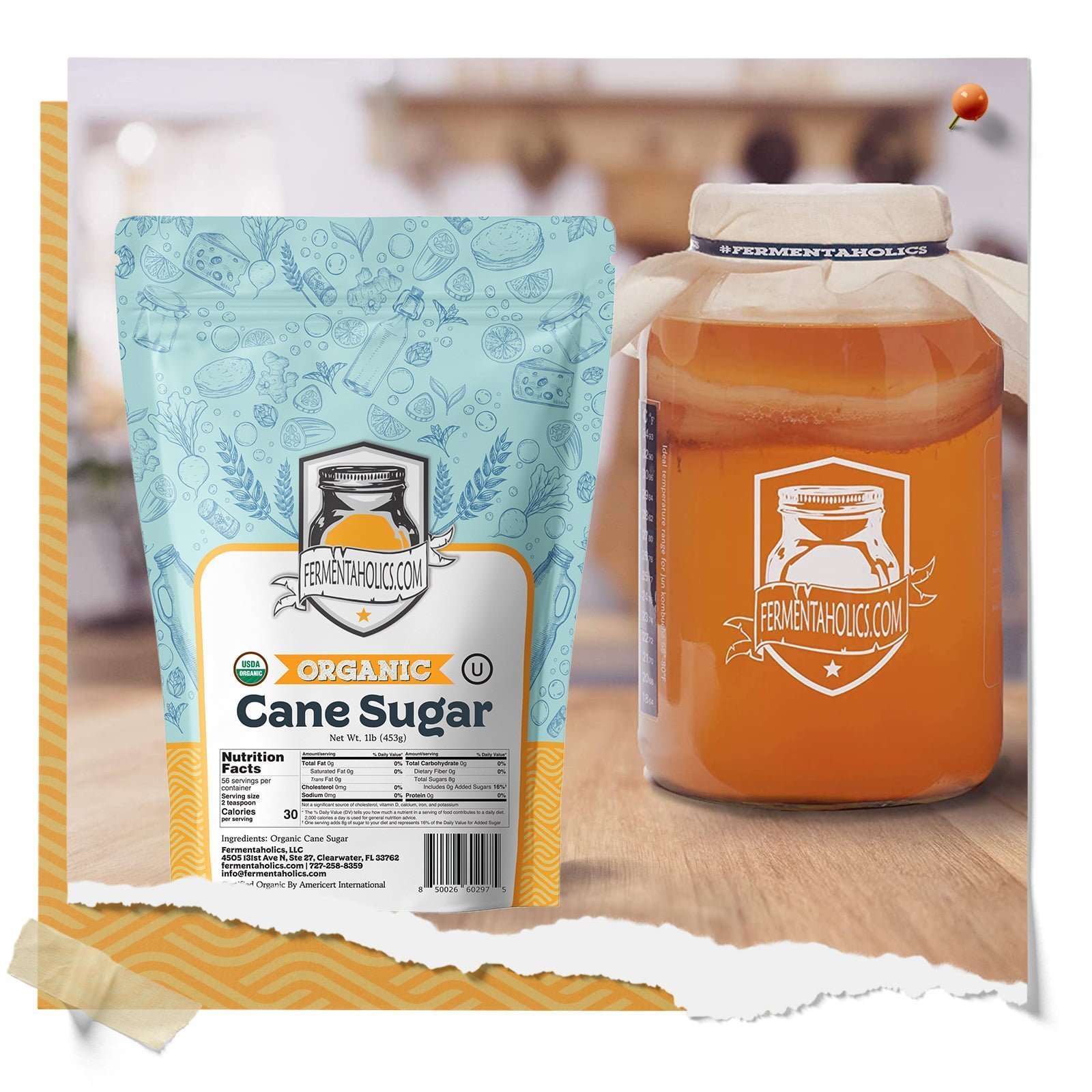Comprehending the Diverse Duties of Sugar Cane in Farming and Production
Sugar Cane plays a critical function in both agriculture and production. As a major cash money crop, it affects economies in tropical areas. Its flexibility expands past sugar manufacturing to biofuels and eco-friendly products. Furthermore, sugar Cane farming advertises dirt wellness and biodiversity. However, the full scope of its payments and possible in sustainable techniques continues to be to be explored. What innovative measures could enhance its duty in future farming systems?
The Agricultural Importance of Sugar Cane
Sugar Cane plays a vital function in agriculture, contributing considerably to the economic situations of lots of tropical and subtropical regions. This grass species thrives in cozy environments, needing ample sunlight and water, making it a suitable plant for these areas. Sugar Cane is primarily grown for its high sucrose web content, which serves as an essential basic material for sugar manufacturing. Furthermore, it plays a considerable function in dirt conservation by preventing disintegration and improving soil fertility via its development cycles. Sugar cane's extensive origin system aids in water retention, profiting bordering crops. Additionally, the plant supports local ecosystems by giving habitat and food for various wild animals species. Farmers typically integrate sugar Cane into plant rotation systems, boosting biodiversity and farming resilience. The growing of sugar Cane not just satisfies neighborhood food needs but likewise promotes sustainable farming methods, advertising lasting environmental wellness in farming neighborhoods.
Financial Payments of Sugar Cane Growing
Although sugar Cane is usually ignored, its financial payments are considerable, particularly in developing nations where it functions as a vital cash crop. The growing of sugar Cane creates substantial earnings for numerous farmers, providing source of incomes and cultivating rural development. As a functional plant, it supports various industries, consisting of sugar production, biofuels, and drugs, subsequently stimulating local economic climates.
Furthermore, sugar Cane growing advertises task development in farming sectors, processing facilities, and transportation networks. It likewise adds to foreign exchange profits via exports, enhancing national financial security. In areas such as Brazil and India, sugar Cane plays a pivotal function in agricultural exports, reinforcing profession balances.
Additionally, the crop's byproducts, like bagasse and molasses, supply further financial possibilities, made use of in power generation and animal feed. The economic impact of sugar Cane extends past simple cultivation, influencing more comprehensive agricultural and industrial landscapes.
The Process of Sugar Production From Walking Cane

The journey from sugar Cane to refined sugar entails numerous key stages that highlight the intricacy of sugar production. Mature sugar Cane stalks are collected and delivered to refining centers. What Is Sugar Cane Used For. The Cane is then crushed to remove juice, which includes a high concentration of sucrose. This juice undergoes explanation, where impurities are eliminated, typically making use of lime and warmth
Next, the made clear juice is evaporated to concentrate the sugar web content. The resulting syrup is then based on condensation, allowing sugar crystals to develop. These crystals are divided from the remaining syrup with centrifugation and cleaned to get rid of any kind of residual molasses.
The last involves refining, where sugar crystals are additional detoxified and bleached, leading to the white granulated sugar commonly utilized in food. This meticulous process highlights the detailed trip from raw Cane to the sugar that plays a vital duty in numerous culinary applications.
Sugar Cane as a Source of Biofuels
As rate of interest in renewable resource resources expands, sugar Cane has arised as a substantial candidate for biofuel production. The plant's high sugar material makes it possible for reliable fermentation procedures, converting sugars into ethanol. This biofuel serves as a sustainable option to nonrenewable fuel sources, lowering greenhouse gas exhausts and advertising power sustainability.
Nations like Brazil have actually lengthy made use of sugar Cane for ethanol, developing extensive production infrastructure that supports both domestic energy requirements and worldwide export. The growing of sugar Cane for biofuel has likewise developed financial chances, especially in backwoods, where it produces employment and sustains regional agriculture.
Sugar Cane biofuels can be incorporated right into existing fuel systems, making them a useful remedy for moving away from traditional power resources. As technological improvements continue to improve production effectiveness, sugar walking stick's role in biofuel growth is positioned to broaden, better adding to global initiatives toward renewable resource adoption.
Cutting-edge Usages of Sugar Cane in Biodegradable Plastics
A growing variety of producers and researchers are discovering ingenious uses of sugar Cane in the manufacturing of biodegradable plastics. Sugar cane, abundant in sucrose, can be processed to create polylactic acid (PLA), a biopolymer that offers as an alternative to petroleum-based plastics. This bioplastic can be utilized in various applications, consisting of packaging, non reusable cutlery, and agricultural movies.
Using sugar cane-derived PLA provides several benefits, such as lowered reliance on fossil gas and the capacity for lower carbon discharges throughout production. Additionally, sugar walking cane's sustainable nature makes it an attractive selection in the pursuit for lasting products. Recent improvements in processing techniques have actually improved the effectiveness and cost-effectiveness of creating these bioplastics, cultivating better fostering in the marketplace. As the demand for green services grows, sugar Cane stands out as a valuable resource in the shift towards greener production techniques.
Ecological Advantages of Sugar Cane Farming

On top of that, sugar Cane requires much less water compared to various other plants, making it appropriate for cultivation in arid areas. Efficient use plant residues, such as bagasse, can decrease waste and give renewable resource resources. Sugar Cane farming can help with the facility of agroforestry systems, developing a synergistic partnership in between trees and crops. These methods not just safeguard the setting yet likewise advertise sustainable agricultural methods, inevitably profiting regional areas and ecosystems.
The Future of Sugar Cane in Lasting Practices

The possibility for sugar Cane to add to eco-friendly energy sources is getting grip. Biofuels stemmed from sugar Cane can notably lower carbon emissions contrasted to fossil gas, aligning with international environment goals. Additionally, innovations in waste administration permit the usage of by-products, additionally lessening environmental influence.
Research study into drought-resistant sugar Cane selections is additionally underway, providing resilience against climate adjustment. As stakeholders across the sector embrace these lasting methods, sugar Cane is poised to play a vital function in fostering farming sustainability, ensuring its relevance in future markets and adding favorably to environmental equilibrium.

Frequently Asked Inquiries
Just How Does Sugar Cane Affect Soil Health And Wellness and Fertility?
The effect of sugar Cane on dirt health and fertility is considerable. Its substantial origin system boosts dirt framework, while organic issue from rotting fallen leaves contributes essential nutrients, advertising total fertility and sustaining varied microbial life.
What Are the Labor Conditions for Sugar Cane Workers?
Labor problems for sugar Cane employees vary extensively, frequently defined by long hours, reduced salaries, and risky atmospheres. Numerous face challenges such as absence of access to healthcare and insufficient protective procedures against dangerous problems.
Can Sugar Cane Be Expanded in Non-Tropical Climates?
Sugar Cane normally thrives in tropical climates because of its warmth and moisture requirements. Particular non-tropical regions may successfully grow it with certain farming methods, though yields and high quality may be substantially reduced.
What Vermin Typically Intimidate Sugar Cane Crops?
Insects threatening sugar Cane crops consist of the sugarcane borer, aphids, and nematodes. These microorganisms can substantially impact crop yield, necessitating reliable insect monitoring approaches to guarantee healthy and balanced development and take full advantage of farming efficiency.
Just How Does Sugar Cane Growing Influence Citizen Communities?
The farming of sugar Cane considerably affects regional neighborhoods by supplying job opportunity, promoting economic development, and affecting social structures. Additionally, it can bring about environmental obstacles, influencing farming techniques and community health and wellness in the region.
Sugar Cane is mostly grown for its high sucrose try this web-site content, which offers browse around this web-site as an essential raw material for sugar manufacturing. Farmers frequently integrate sugar Cane right into crop rotation systems, improving biodiversity and agricultural strength. The trip from sugar Cane to refined sugar includes several vital stages that highlight the complexity of sugar manufacturing. The last stage includes refining, where sugar crystals are more detoxified and blonde, resulting in the white granulated sugar frequently utilized in food products. The plant's high sugar content enables effective fermentation processes, transforming sugars into ethanol.